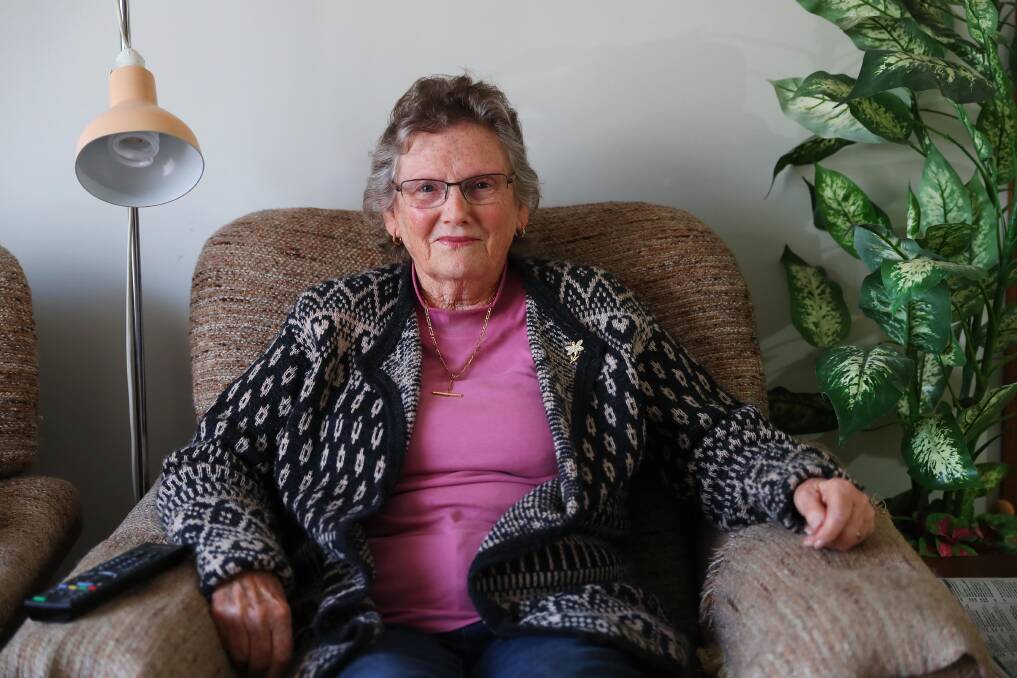
Having survived two melanomas, Yvonne Clifford knows it might have been a completely different story had they not been found early.
Subscribe now for unlimited access.
or signup to continue reading
The 78-year-old’s family history is filled with the aggressive cancer.
Her niece has battled it. Her daughter has fought skin cancers.
Melanoma claimed the life of one of her cousins, aged just 42. Another cousin has also beaten it.
Mrs Clifford had her first surgery when she was 34-years-old in 1974 at a Sydney hospital.
The second melanoma was removed in Albury in 2014.
Mrs Clifford had the means to travel, but those who do not left with complications.
“Mine weren’t cancerous only because we found them early and had them removed before they could get bad.”
The realisation has been made more profound by the Australian Institute of Health and Welfare’s Cancer In Australia report.
When mapped out, it suggests where you live might determine your likelihood of developing and surviving certain cancers.
The statistics are aggregated from the socio-economic advantage, remoteness, average income, and density of Indigenous population.
Junee sits just above the national average for incidences of all cancers, but the difference is sharpest for prostate cancer. Per 100,000 people, an estimated 236.5 will end up with this cancer.
In Albury, that is around 188.6 cases in every 100,000, which is still high against the national average.
Incidences of melanoma in Junee are sitting at 51.2 in every 100,000 people.
In Albury, it is 40.8 in every 100,000. By comparison, in Sydney’s Inner West, instances of melanoma occur as infrequently as 2.9 in every 100,000.
Mrs Clifford now has regular skin checks at a dermatological clinic, first in Griffith and now in Albury.
Though she would prefer to attend a clinic closer to home.
“I did ring one in Wagga but they told me they weren’t taking any new patients,” said Mrs Clifford.
“There aren’t many around, if I couldn’t drive I’d be a bit stuck.”

